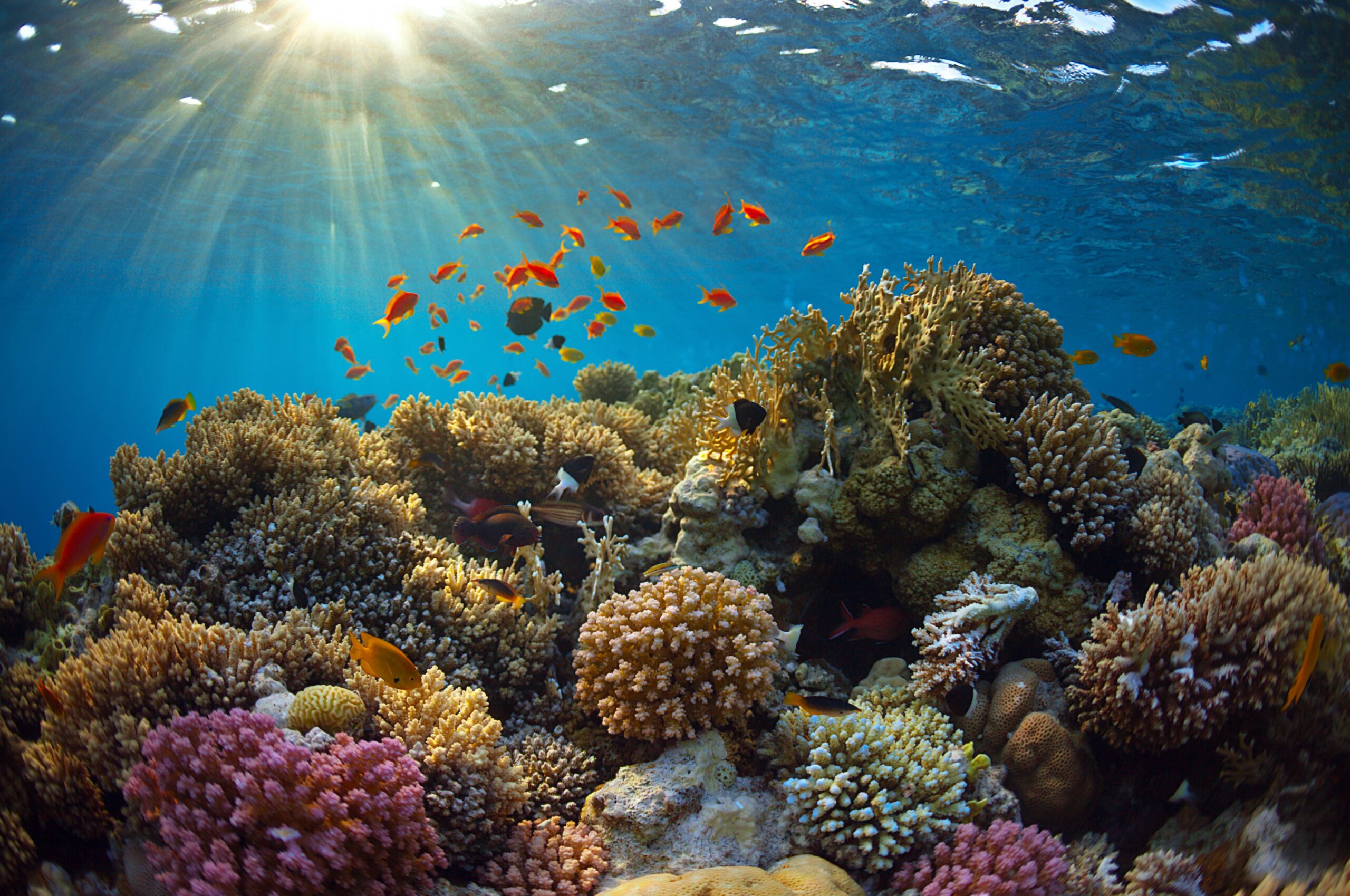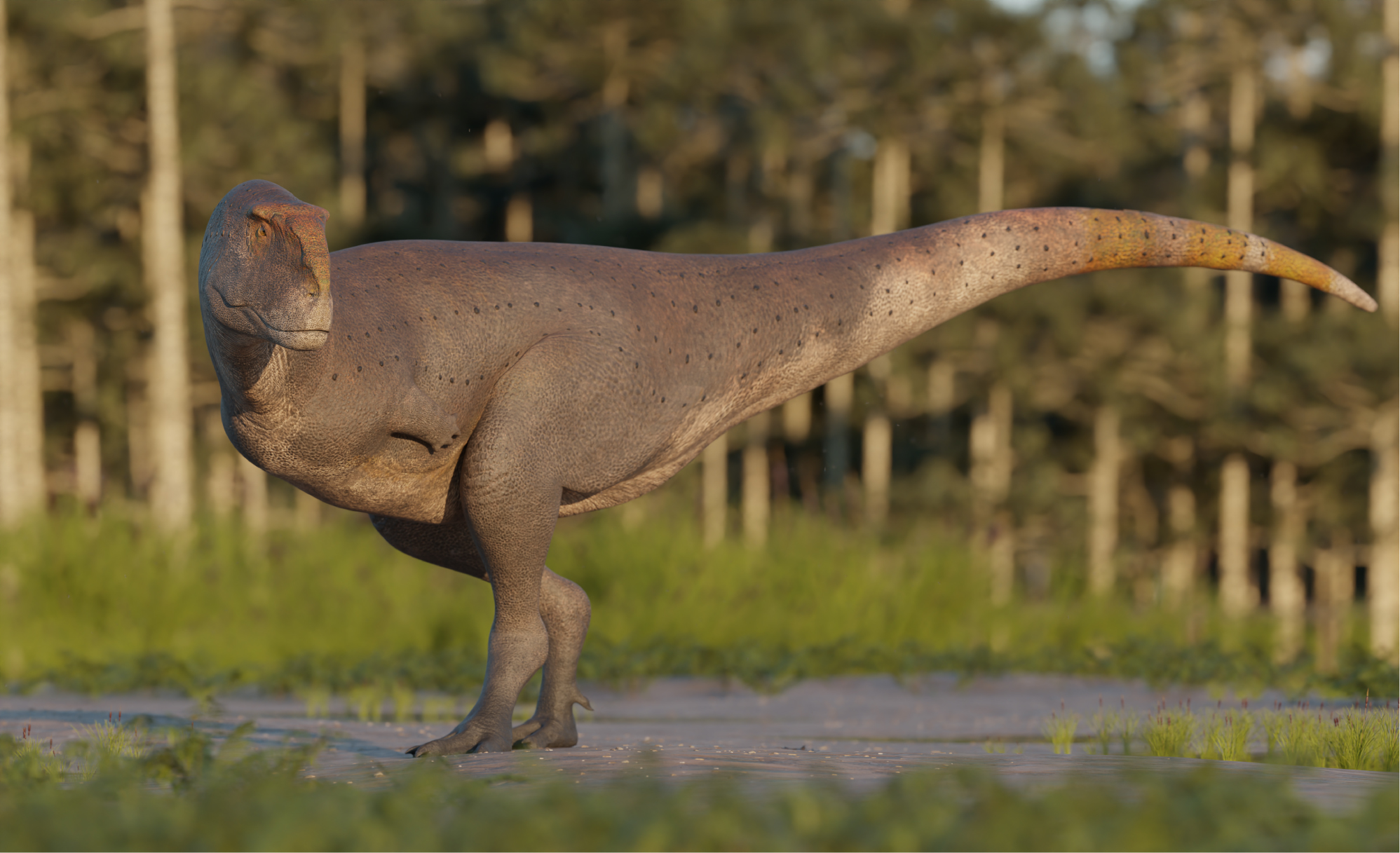One of the wonders of the world, corals are widely threatened – by climate change, which can weaken and even kill them, and the impacts of overpopulation and the devastating effect of humanity on ecosystems too often means corals are under threat like never before.
Dr Apple Chui Pui-yi, Research Assistant Professor in the School of Life Sciences at The Chinese University of Hong Kong (CUHK), has been in coral’s corner for a few years now. First she founded the Coral Academy, which focuses on effective coral nurseries and coral propagation techniques, and public education outreach in Hong Kong. Now she has pushed her coral advocacy forward with a six-month restoration project in collaboration with the World Wide Fund for Nature Hong Kong (WWF). The project was launched in 2021 and recruited 20 divers to build a coral rescue team, who were trained to monitor and restore damaged coral communities.
Dr Chui says her love of the ocean, passed down from her father, was revolutionised when she learned to scuba dive in her final year of college, turning her into a conservation advocate. Her introduction to the wonders of coral was another turning point, she says.
“I simply like corals. They’re amazing organisms – the rainforests of the sea. In their adult form, they’re stuck on the seabed like they’re rocks, but they start at 1mm in diameter, and when they’re small they can swim.”

Corals are very sensitive to changes in temperature. Particularly high or low temperatures cause a phenomenon known as coral bleaching, which happens when corals are put under extreme stress and expel the zooxanthellae that live inside them, causing the corals to turn white. The problem is that the two species are symbiotic, with the zooxanthellae providing most of the corals’ nutrition; without them, the corals stay alive, but only just.
“When corals bleach, it’s a stress response,” says Dr Chui. “They’re not healthy; they’re starving, weak. If it lasts too long, they will start to die, and they’re also more susceptible to disease.”
This year’s record-breaking summer temperatures caused a devastating bleaching event in Hong Kong. An August survey conducted by CUHK in partnership with the Agriculture, Fisheries and Conservation Department and Hong Kong Baptist University showed bleaching affected 18 of the 19 sites visited. Preliminary analysis revealed a 2% to 43% of bleached coral-covered area per site. This was the biggest bleaching event in many years, and significantly exceeded the last two major bleaching events recorded in 1997 and 2017.

“This year is the most extensive one on record,” she says. “Corals bleach during the hottest and coldest months in Hong Kong, but it’s usually minor, and they usually recover. The massive bleaching events this summer were due to unprecedented elevated seawater temperature. Fortunately, tagging and follow-up monitoring in October and November revealed progressive recovery of more than 96% among the 102 corals tagged.”
With its subtropical climate featuring temperate winters and seawater temperatures that vary greatly throughout the year, Hong Kong is already a marginal environment for coral growth, she adds, but that makes it an excellent place to study the organisms, as only the toughest tend to thrive.
Corals in Hong Kong also face additional dangers, including human activities such as overfishing, pollution, marine debris, as well as the impact of strong typhoons. Large and powerful waves from typhoons can break apart coral colonies, scattering their fragments. Substantial bioerosion can also cause corals to collapse. When coral fragments break off, they soon get covered by sediment; and without light, they usually die.
The coral restoration citizen science project, a partnership with WWF, aims to change that. It trains coral rescuers to conduct underwater surveys and collect damaged coral fragments, which are brought back to CUHK’s Simon F.S. Li Marine Science Laboratory, then taken to a platform set up by CUHK on the seabed. Of the 40 rescued coral fragments during the project, 39 survived; at the same site before the project, about 70% of the corals were damaged.

The project was successful as a trial; the challenge is now to scale it. “After you’ve accumulated scientific data, the next stage is upscaling to reach an ecologically meaningful scale,” she says. “In the long run we would like to upscale, but of course we need money to do so.”
Dr Chui is also the first person in Hong Kong to culture baby corals of her own, travelling to Okinawa to learn the sexual propagation technique. “Some people give me the nickname ‘Coral Mum’,” she says. “But I’m a tough mum, because I stress test them to understand their tolerance.” As baby corals are more sensitive to stress than adult corals, understanding the responses of these early-life stages to stress and their underlying mechanisms is therefore of urgent importance. These will provide insights into how corals would respond to projected future climate change scenarios for better development of conservation management strategies.
While coral can be restored, that alone is insufficient; far more effective is to prevent coral bleaching and habitat destruction from happening in the first place. WWF and Coral Academy have called on the Hong Kong government to expand the network of marine protected areas from 5% of Hong Kong’s waters to 30% by 2030, and to enhance the management of existing ones with more regular monitoring. Dr Chui also says that everyone should take individual action to reduce their impact on the environment, from avoiding coral-damaging activities to reducing their carbon footprint.
“Once a coral is damaged, it requires a lot of resources and time to restore it. Restoration should really come last. First we should try to conserve everything. The big picture is we need to cut global carbon emissions; if we’re not minding our carbon footprint, we won’t achieve anything.”
“There are a lot of actions people can take: eat sustainably; reduce your use of single use plastic; avoid dangerous sunscreens; and support the government in its environmental protection efforts, such as cutting carbon emissions and waste.”











